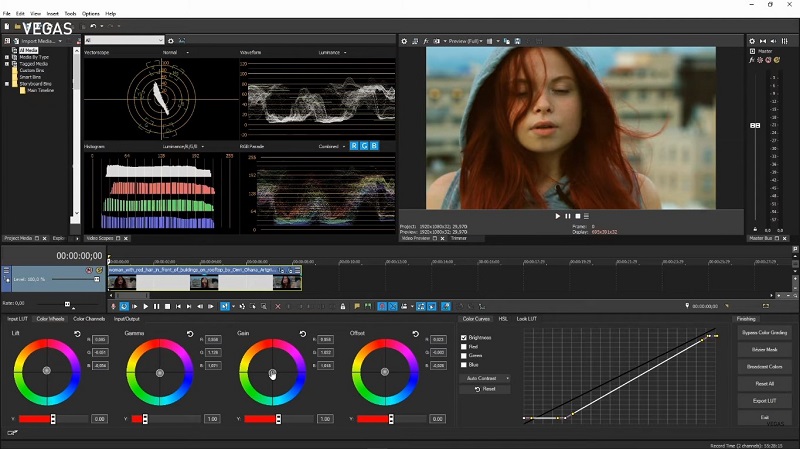


MXF format in 1080i in 2 hours, 20 minutes, with GPU acceleration disabled. My system–a three-year-old dual-Xeon workstation with 8GB of RAM and an Nvidia Quadro FX4800 graphics card–rendered the project to Sony’s. I set up a 15-minute timeline with several high-definition video clips, and then I added a ridiculous number of effects and transitions, but I made sure that they were all GPU-accelerated ones (Vegas groups them in folders, but they are otherwise unlabeled as such).
#Sony vegas versus adobe premiere driver#
I had to dig around on Nvidia’s site to find an even newer driver and though it wasn’t listed as the recommended driver, it enabled the option for GPU acceleration once I installed it. This requirement led to an odd glitch in my testing: I discovered that my graphics driver, even though it was only a few weeks old, caused Vegas not to offer GPU acceleration. Your system must use a graphics driver that supports it, too. Your graphics card must support OpenCL (Open Computer Language), but such cards are now pretty common, and you can buy them from either AMD or Nvidia ( Adobe Premiere Pro CS5.5 supports GPU acceleration only with Nvidia cards). If your system has a puny CPU and a powerful graphics card, for example, you might see more improvement than if the quality of those two components were reversed. Sony claims that Vegas’s GPU acceleration can speed output rendering by as much as a factor of four, depending on the type of project involved, the effects and transitions you use, and your system and its graphics card. Altogether, 36 video effects and 10 transitions, as well as output rendering, are GPU-accelerated in contrast, Vegas Pro 10 accelerated a single function. Vegas Pro 11 can use your system’s graphics card instead of its CPU to accelerate certain playback and rendering functions.


 0 kommentar(er)
0 kommentar(er)
